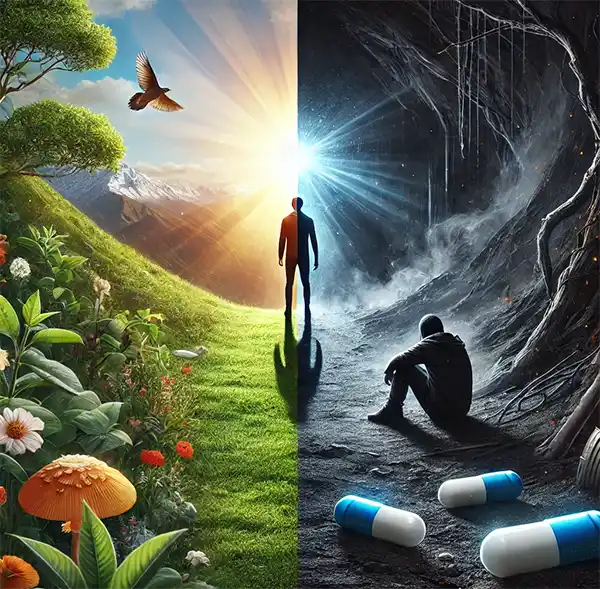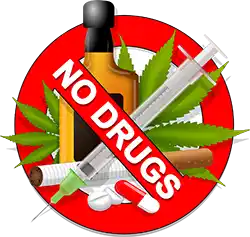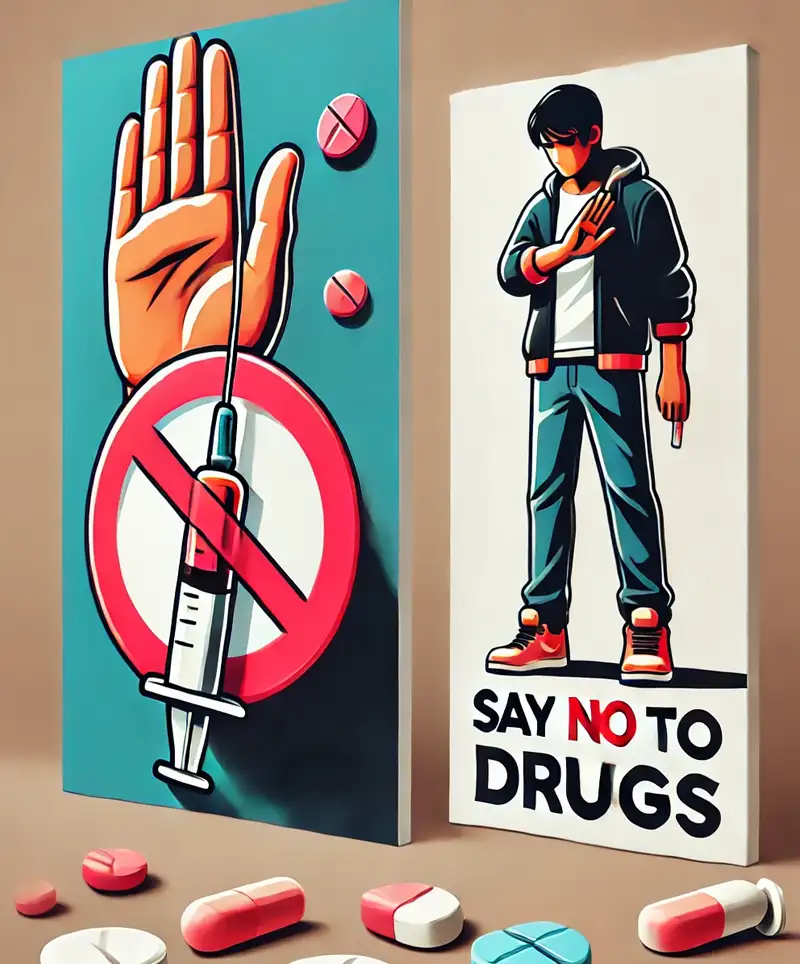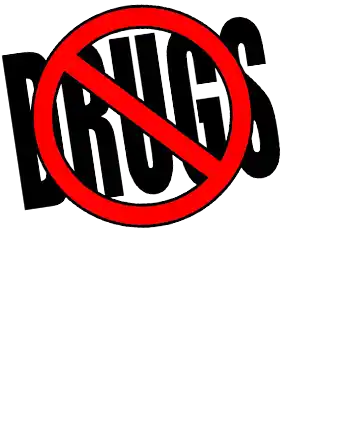Understanding the Global Drug Problem
World Drug Day, observed annually on June 26th, is a day set aside to address the complex and multifaceted global issue of drug abuse and trafficking. Officially recognized as the International Day Against Drug Abuse and Illicit Trafficking by the United Nations, it aims to increase awareness of the devastating impact of drugs while encouraging collective action to create a healthier, drug-free society. Tackling such a serious topic might seem daunting, but a touch of gentle humor can sometimes help make the conversation more accessible, fostering understanding without diminishing the gravity of the issue.
The Scope of the Problem
Drug abuse and illicit trafficking are not just isolated issues—they form a global crisis, touching every region and demographic. From bustling urban centers to quiet rural areas, the drug trade weaves a complicated web of challenges that intersect with health, economics, law enforcement, and social stability.
- The Human Cost: Over 35 million people worldwide suffer from drug use disorders, and this number doesn’t account for the ripple effect on families and communities. Each statistic represents a person—someone’s sibling, parent, child, or friend—caught in the throes of addiction. Beyond the personal toll, these individuals often face stigma and isolation, making it harder to seek help.
- Youth at Risk: Young people, often seen as the torchbearers of the future, are particularly vulnerable. Peer pressure, curiosity, and stress can make them easy targets for drug experimentation. In some regions, children as young as 10 or 11 are introduced to drugs, either as users or unwitting participants in trafficking networks. Imagine a world where childhood curiosity is channeled into science experiments instead of experimentation with substances—it’s the kind of shift we all need to work toward.
- Economic Impact: The financial cost of drug abuse is staggering. The UNODC estimates the annual profits from drug trafficking at $320 billion—enough to rival the GDP of some nations. But while traffickers enjoy these ill-gotten gains, society bears the burden. Healthcare systems strain under the weight of treating overdoses and chronic conditions linked to drug use. Law enforcement budgets balloon as they combat trafficking, and workplaces lose productivity due to addiction-related absenteeism. It’s like trying to run a marathon with a lead weight strapped to both legs.
- Public Health Crisis: Drugs are a public health time bomb. Unsafe injection practices contribute to the spread of HIV/AIDS, Hepatitis C, and other infectious diseases. Overdose deaths are climbing in many countries, fueled by the opioid epidemic and the increasing prevalence of synthetic drugs like fentanyl. These substances are often far more potent than users realize, turning experimentation into tragedy. It’s a cruel irony: something that promises escape can often lead to a dead-end.
- Environmental Impact: Here’s an often-overlooked aspect: drug production wreaks havoc on the environment. Coca cultivation and heroin production contribute to deforestation, soil degradation, and water contamination. In regions where these crops dominate, ecosystems are often collateral damage. Imagine pristine rainforests replaced by barren fields—a high cost for society and the planet alike.
By understanding the scope of the problem—not just its individual consequences but its global ripple effects—we can better appreciate the urgency of addressing it. It’s a daunting challenge, but acknowledging the full picture is the first step toward meaningful solutions. As daunting as these statistics might be, they also highlight where action is most needed and where hope can make inroads.
 The Domino Effect
The Domino Effect
Drugs don’t just affect individuals; they ripple through families, communities, and nations. Drug abuse contributes to:
- Health Crises: Diseases such as HIV/AIDS and Hepatitis C are often spread through unsafe injection practices.
- Economic Burdens: Lost productivity, healthcare costs, and law enforcement efforts place a strain on economies.
- Social Challenges: Families are torn apart, and communities are destabilized.
It’s a grim picture, but understanding the magnitude of the problem is crucial. Humorously put, it’s like realizing your leaky kitchen faucet is flooding not just your home but the whole neighborhood.
Fighting Back Against Drug Trafficking and Abuse
The international community isn’t standing idly by. Initiatives include:
- Awareness Campaigns: Governments and NGOs worldwide are working to educate the public about the dangers of drugs.
- Treatment and Rehabilitation: Innovative approaches are helping individuals recover and reintegrate into society. Think of these programs as the antidote to bad decisions—a bit like life’s Ctrl+Z button.
- Law Enforcement: Global collaboration to dismantle drug trafficking networks is ongoing. It’s a cat-and-mouse game, though the "mice" seem to be unusually resourceful.
The UNODC’s annual campaign theme is a rallying cry for action. Whether it’s “Better Knowledge for Better Care” or “Health for Justice, Justice for Health,” these messages emphasize the interconnectedness of solutions.
A Thoughtful Icebreaker
Discussing the global drug problem requires a delicate approach, one that balances the gravity of the issue with an openness that invites meaningful conversation. Sometimes, the best way to start that conversation is by pointing out the everyday absurdities surrounding the topic.
For instance, if illegal drug trafficking had warning labels, they might read something like:
"Side effects include temporary bliss, permanent chaos, and an uncanny ability to alienate everyone who cares about you."
Or consider addiction as a roommate. It's the one who eats your groceries, borrows money without asking, and leaves you to deal with all the consequences. It doesn’t just leave your house in shambles; it takes over your life entirely.
These perspectives, though light in tone, offer an entry point into serious discussions. They create a moment of connection, disarming defenses and making it easier to engage with the complexities of the drug crisis. Conversations that start with a relatable twist often lead to deeper understanding and, for some, the first steps toward recovery.
What You Can Do
No matter who you are, you can play a role in addressing the drug problem:
- Educate Yourself: Knowledge is power, and understanding the risks and realities of drug abuse helps break myths.
- Support Treatment Programs: Advocate for policies that prioritize rehabilitation over punishment.
- Foster Open Conversations: Create environments where people feel safe discussing their struggles without judgment.
 On a community level, consider supporting local initiatives like drug-free youth programs or addiction recovery centers. After all, prevention is cheaper (and less dramatic) than dealing with the fallout.
On a community level, consider supporting local initiatives like drug-free youth programs or addiction recovery centers. After all, prevention is cheaper (and less dramatic) than dealing with the fallout.
Despite the challenges, progress is being made. From needle exchange programs to better access to mental health resources, many countries are finding innovative ways to address the issue. The goal isn’t perfection—it’s improvement.
World Drug Day reminds us of the power of collective action. Whether it’s governments, communities, or individuals, every small step contributes to the larger goal of a healthier, safer world. As we face this global challenge, let’s remember: the road to recovery is a marathon, not a sprint—but every mile is worth the effort.
Please Share our Content






 The Domino Effect
The Domino Effect On a community level, consider supporting local initiatives like drug-free youth programs or addiction recovery centers. After all, prevention is cheaper (and less dramatic) than dealing with the fallout.
On a community level, consider supporting local initiatives like drug-free youth programs or addiction recovery centers. After all, prevention is cheaper (and less dramatic) than dealing with the fallout.








 "Sláinte!" is a traditional Irish expression used as a toast, equivalent to "Cheers!" in English.
"Sláinte!" is a traditional Irish expression used as a toast, equivalent to "Cheers!" in English.